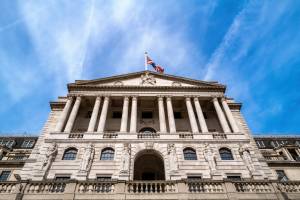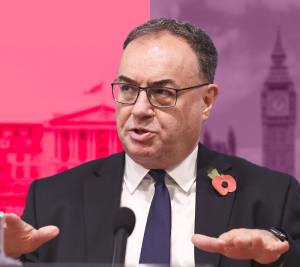The New Year waves in new beginnings as many embark on new paths to self-improvement. This year, the wealth management industry is joining you for the ride thanks to new European regulation known as Mifid II.
The acronym, which stands for Markets in Financial Instruments Directive II, might not mean that much to you. In fact, you might see it as even more jargon that threatens to cloak the world of investing in even more mystery.
In reality, however, the new regulations aim to do the opposite. By offering more clarity and transparency than ever before, Mifid II puts you, the consumer, back at the heart of your financial solutions.
An opportunity for wealth management
Mifid II seeks to address some of the shortcomings revealed by the financial crisis and increase trust in financial institutions by shining greater light on business practices and trading activities.
Armed with more knowledge and more suitable products and services, investors will be able to more easily compare services and asses what is best for them.
The heavy and thorough second edition of the European rule book could be a challenge for many traditional players to implement – it spans 1.4 million paragraphs and will extend the New Year headache for many firms.
Lifting the cloak on the secrecy on traditional wealth management, the Mifid II deadline presents a turning point and is symbolic of the rising role of the consumer in their own financial fate.
It’s important to note that the industry hasn’t woken up in a brave new world and there will undoubtedly be teething problems as European firms adjust to the new guard rails.
Still, Mifid II offers consumers more clarity and transparency than ever before, which will help consumers make the right decisions to reach their financial goals.
As an investor, you’ll be affected by the new Mifid II rules – even if you don’t realise – which cover everything from the trading of equities and derivatives, the cost of analyst research, and limits to speculative activity in the commodity markets.
Transparency
Investment firms are now required to show all costs and charges, including management, advisory, fund entry and exit fees, and custodian charges. These fees will be expressed as both a percentage and as a monetary value.
In some instances, some costs are difficult to predict, so firms must report both forecast fees and actual charges, which must be presented to clients at least once a year.
When you’re investing for your future, it’s important to understand the impact cost can have on you reaching your goals. Once you’ve made the decision to invest, you don’t want expensive or unexpected management fees to eat into your returns.
Unfortunately, recent research from the financial watchdog the FCA shows that few investors actually know how much they’re paying or what they’re paying for.
By demanding more transparency and simplicity on the costs, charges and fees you’ll have to pay when investing, Mifid II will make it easier for you to pick the right products to help you achieve your goals.
Investing can be daunting, so it’s important to know the people managing your money have your best interests at heart. Now, if your portfolio falls 10% or more, the investment provider has 24 hours to write to you explaining why. This will be reassuring for many families looking to secure their financial future.
This is in contract to bitcoin, which has been stealing the headlines and luring investors with the prospect of blockbuster returns, despite its unnerving levels of volatility. Whilst there’s no denying 2017 was bitcoin’s year, investors can lose thousands in minutes and no one is held accountable.
What Mifid II means for Moneyfarm investors
These regulations demonstrate the needle moving towards digital wealth managers like Moneyfarm, as cost efficiencies will now be more evident than ever before, helping to provide greater investment experiences for all consumers.
The good news for Moneyfarm investors is that life isn’t going to change too much. You’ll have already received an email asking you to update some account information if it’s been required.
We’re proud of our transparent, simple and low-cost fee structure, which makes it simple for you to manage your money. When you invest with Moneyfarm, you’re charged just a management fee and cost for the Exchange Traded Fund (ETF) – the latter of which is just 0.3%.
We keep our costs low so you can keep more of your money. You pay just 0.7% on up to £20,000, 0.6% on anything from £20,000-£100,000, 0.5% on anything from £100,000-£500,000, and 0.4% on anything above that.
Cost is a key driver in returns and can hold investors back from achieving their goals. Whilst it’s good news that the everyday investor can now better plan how to achieve their dreams, we’re proud that we have already armed our investors with the right tools.





